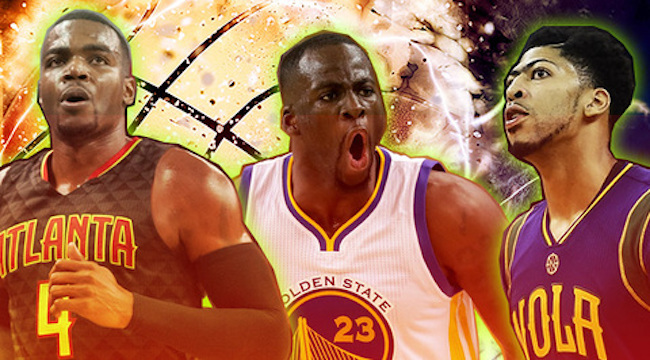
Of all the positional rankings we’ve been doing, power forward is no doubt the most difficult, primarily because it’s constantly in flux. The concept of a stretch four is no longer a luxury item or a specialty, but a necessity in many offenses. There’s still room for low-post bruisers at this position, but more than ever, it demands versatility. Power forwards have to either be pick-and-roll weapons who can drag one or more defenders on a hard roll to the rim, shooters or both on offense, and they need to be able to defend either up or down a position on the other end. This makes it one of the most difficult to rank.
HONORABLE MENTION: Chris Bosh
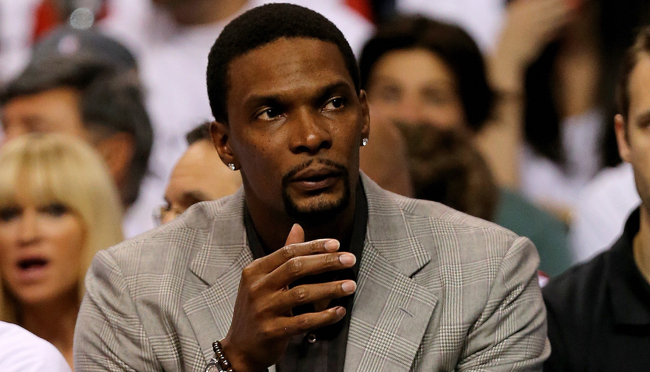
When healthy, he’s one of the best players in the game, certainly one of the top-five players on this list. Since LeBron James’ last season in Miami, Bosh has expanded his shooting to the three-point line and become more adept at guarding centers without sacrificing virtually any of the quickness that allows him to shut down power forwards. His volume has increased and his efficiency inside the three-point line has decreased slightly, but LeBron isn’t there to feed him anymore, so y’know.
Of course, the problem is that no one knows how much he’ll play anymore, if at all. Blood clots aren’t an ACL tear — they’re a rare case for an otherwise-healthy 32-year-old to deal with, and we have no guarantee he’ll ever play again, or when it could recur if he does. So if Chris can ever get back with a clean bill of health, we know he’s still a beast.
20. Jared Dudley
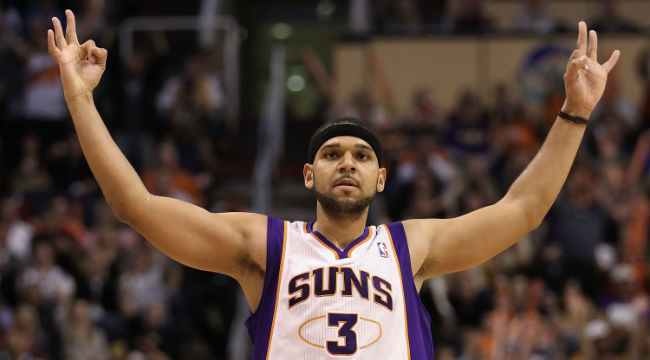
Mercifully, we’re past the point where outdated dictates of size forced Dudley into the small forward spot, where he would get roasted day and night on the wing. He’s still a minus defensively, but the position has shrunk enough to where he’s not getting mauled in the post night after night, allowing his excellent three-point shooting to shine through. Back in Phoenix, where he had some of his best years, Dudley’s only a placeholder until Marquese Chriss and Dragan Bender mature, but while he’s there, he’ll provide excellent spacing for Alex Len and Tyson Chandler to work.
19. Gorgui Dieng
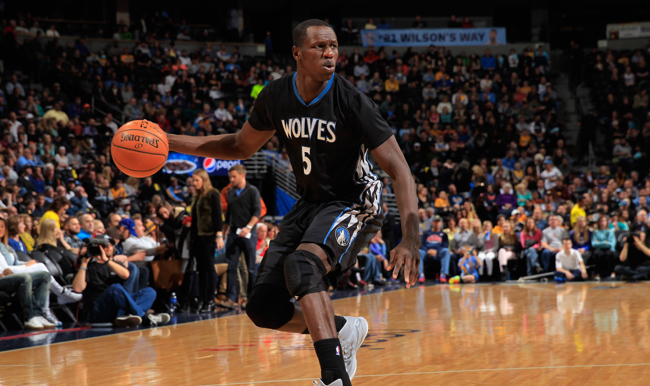
As the Timberwolves’ national profile continues to rise, hopefully Gorgui will get some love for his developing, versatile game. He’s not the quickest on the pick-and-roll, but he’s an able finisher and his jump shot is improving steadily year after year. This past season, it began to creep into efficient territory, and his form definitely suggests it can get even better. On most teams, he would probably be a center, but Dieng and Karl-Anthony Towns can both fill multiple spaces on the floor, rebound well and guard both big men positions capably. Since Towns is going on the center list, Dieng’s here. He’s not quite quick enough to guard the smaller power forwards on the perimeter, but he’s big and long enough to make their lives hell inside.
18. Aaron Gordon
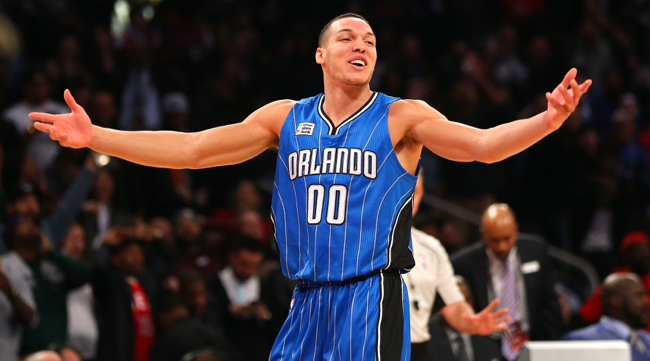
With the Magic’s puzzling offseason of stockpiling big men, Gordon will be forced to play at small forward, but screw that — you know and I know that Gordon’s a power forward. He’s not the biggest guy, but his supernatural jumping ability and decent length will still be there when he fills out a little more and gets more of an idea of what to do on defense. At least in this potentially lost season, Gordon will have plenty of chances to work on his jump shot, which is currently at sub-Josh Smith levels. He’ll be 21 this season, and he’s no longer just a lump of clay. He’s developing a sense for how to leverage his athleticism to be a shutdown defender on the ball. Hopefully his small forward excursion won’t come at the cost of learning awareness of his place on the floor and in the defensive scheme.
17. Markieff Morris
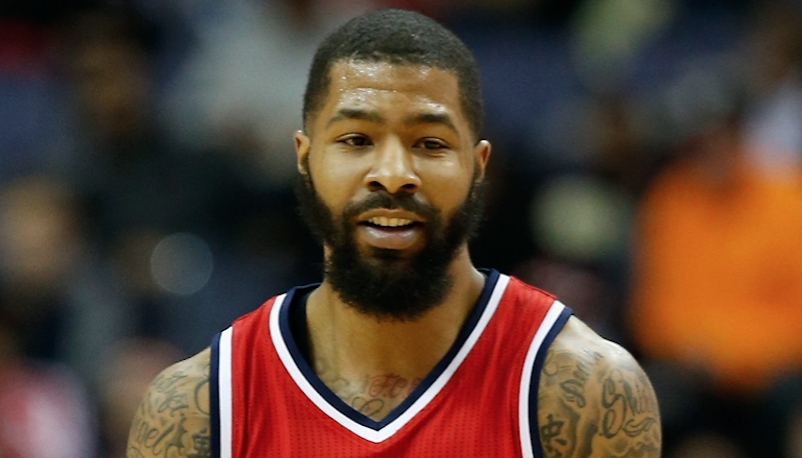
Morris is damn near impossible to rank. After his brother Marcus was traded, Markieff completely mailed it in and sowed discontent in the Suns locker room. He had a bit of a turnaround once traded to the Wizards, but it’s impossible to discount the fact that he was an active liability when things didn’t go his way, too. It can suck to be controlled by a team that puts its own interests above yours, but Morris was one of the most disruptive presences in the NBA. When he’s on the court and engaged, ‘Kieff has a great face-up game, and he’s got a knack for making difficult shots. He doesn’t have real three-point range, and he’s not big enough to be that great of a defender, but he’ll fight for position and track stretch fours pretty well — again, when he’s engaged. If he’s truly happy in D.C., he has the talent to rise up this list.
16. Ryan Anderson
He might be the worst defender on this list, and his three-point percentage hasn’t been elite since 2013-14, but his tenure in New Orleans was marred by injury, both to him and his teammates, and personal tragedy — his girlfriend committed suicide a couple years back, and one of the two people who helped him through that was Monty Williams’ wife, who died suddenly last season. The point is, it’s easy to see a scenario — say, playing for Mike D’Antoni in Houston — wherein Anderson’s shooting jumps back to the point where he becomes one of the most dangerous offensive weapons in the NBA. As it is, his reputation alone will clear out space on the inside for James Harden to penetrate, and he can be a net positive if he can stay healthy enough to keep his shot warm all season.
15. Zach Randolph
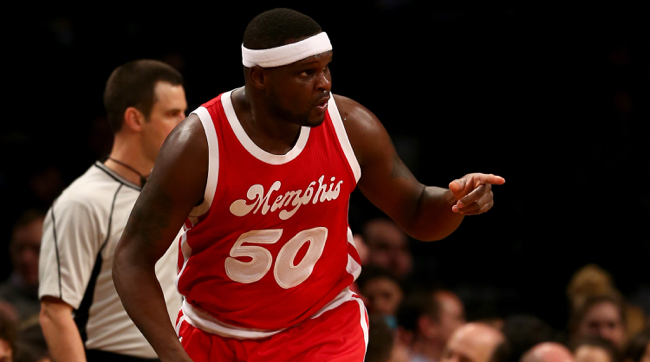
Z-Bo can still eat in the post most nights, but the perimeter shift in the NBA has perfectly coincided with Randolph’s natural age decline to make his shortcomings all the more pronounced. He’s not quick enough to follow stretch fours at all, and he doesn’t have the length or the hops to be a rim protector. The person he’s most qualified to defend at this point might just be himself.
Randolph is more than just his post touches and his rebounds (which declined sharply last season), he’s one of the hearts of the Grit ‘n Grind Grizzlies. He energizes the home crowd when he does basically anything, and that in turn energizes the team. As JaMychal Green grows into his game, Randolph could be relegated to a bench role, where he can leverage more of his intangibles without being exposed by the modern game.
14. Thaddeus Young
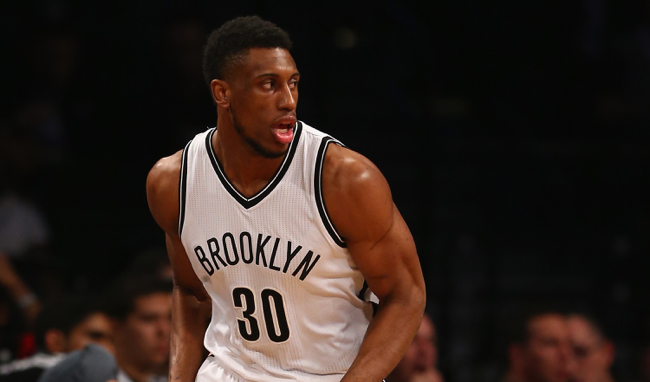
On paper, Young shouldn’t work. He’s a 6-foot-8 power forward who doesn’t really shoot three pointers, so what can he do? Well, for starters, he can score in the post better than most power forwards taller than him, with a sneaky great hook shot. He’s quick defensively on the outside with even quicker hands, and though he’s susceptible to bully ball, he’s also a better rebounder than you’d think as well — he averaged nine per game last season. Alongside the outwardly-oriented Myles Turner, Paul George and Jeff Teague in Indiana next year, he figures to fill some space inside and provide an intriguing change of pace.
13. Marcus Morris
The Morris twin you didn’t hear about last year had a quietly effective year for Detroit as a versatile piece. He’s sort of interchangeable with Tobias Harris, as you’ll see each of them guard both wings and power forwards. He’s got some of the dribble-drive game of his brother, but he’s a stronger three-point shooter, which is crucial for the spacing-challenged Pistons. Over his career, Marcus has shot better than the 35 percent mark that is as close as one can get to a cut-off point to justify consistent attempts. He’s not much of a rebounder, but that’s excusable playing alongside the vacuum that is Andre Drummond on the boards. Morris just doesn’t take anything off the table when he’s on the court.
12. Enes Kanter
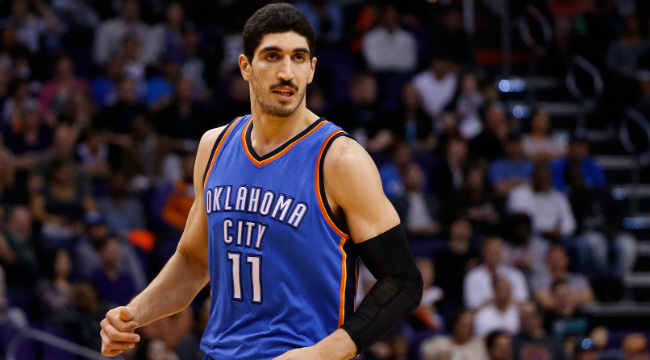
Kanter showed improved defense in the playoffs, which is critical for him to keep now that he’ll be starting in place of the debarted Serge Ibaka. What he doesn’t have to worry about is getting buckets, which he does in the post better than nearly everyone else in the NBA. He’s got a wonderfully soft touch around the basket, and his jump shot extends a bit into the midrange. He’s reluctant to pass out of the post, but he’ll likely see more double teams with his increase in usage, so maybe we’ll see more of that next year. He has the physical tools to be at least an average defender, and he’s still only 24, so perhaps he’ll engage more consistently. As of now, he simply hasn’t shown that he can engage night in and night out on that end, which keeps him this low on the list.
11. Taj Gibson

Any Bulls fan would love to tell you all about Taj, and why he’s one of the most underrated players in the NBA. To a degree, they’re right — he’s an ace defensively at everything but rim protection, and he’s not all that bad there either. Offensively, he’s a good finisher around the rim, but his jump shot is still average at best, and never to be trusted outside of 15 feet. It’s not like it’s going to get much better, either — he’s already 31 years old. His defense and his rebounding have him this high up the list, and he doesn’t need the ball to be effective, which is good, because he probably won’t see it much playing with Jimmy Butler, Dwyane Wade and Rajon Rondo. Come to think of it, his lack of range on offense might really be a problem next season.
10. Kristaps Porzingis
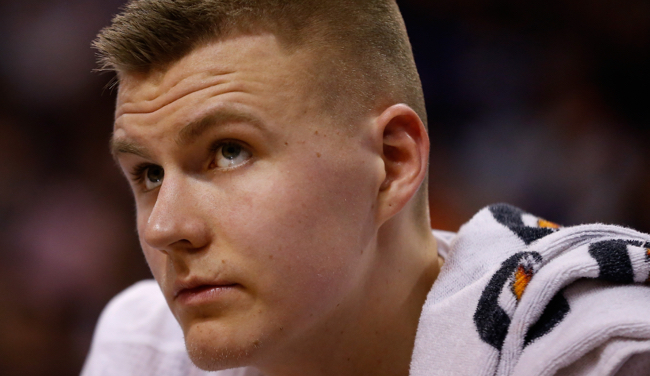
How about that? Porzingis was one of the biggest uncertainties in the 2015 Draft, and one year is all it took for him to become a top-ten power forward in the NBA. Over the first half of the season, he showed everything you want from a power forward in the modern game: pick-and-roll finishing, pick-and-pop shooting from three-point range and midrange, shot blocking, and rebounding. Hell, he can even dribble for his own shot. He wore down as the season went on because he’s rail-thin and just turned 21 this summer, but he already looks at home. Well, as “at home” as a 7-foot-3 power forward can look. Truth be told, he stands out on every play as a problem for the defense to solve, and an obstacle for the offense to get around. With real veteran talent around him (as long as they’re healthy), he’ll be one of the most intriguing sophomores in recent NBA history.
9. Dirk Nowitzki
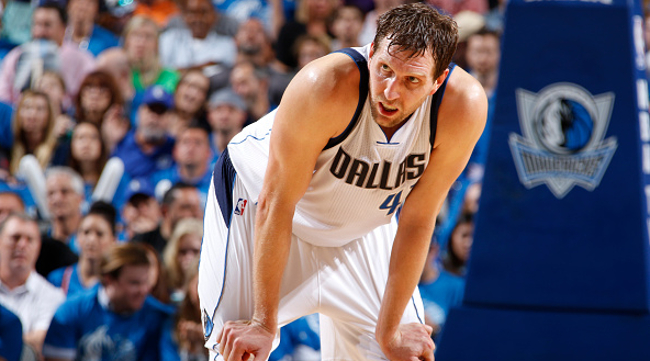
Every defensive possession for the Mavericks is an exercise in covering up for Dirk’s lack of maneuverability, but he’s still so dang efficient and dangerous offensively that we can’t bring ourselves to rank him any lower. How can you say anyone below Dirk deserves it? He’s Dirk! He can still get his shot off against nearly anybody when he’s on the block, and he still opens up every defense he faces on the pick-and-pop because he’s so dangerous. Switching doesn’t really work on him because he’s still a full seven feet and can treat point guards like they’re not even in his ken (which they aren’t). I mean, he helped resuscitate Deron Williams’ career because of all the freedom Deron got from playing with Dirk. Even if his long-range percentage doesn’t rise above last year’s 36 percent, he does damage simply by reputation. The Mavs will never have a below-average offense with him on the floor.
8. Kevin Love
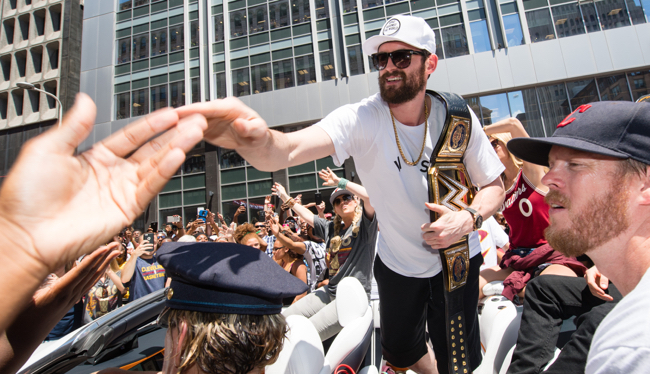
Love spent nearly two years as the Cavaliers’ whipping boy, but happily, one miraculous defensive possession against Steph Curry has helped change the narrative this offseason. Of course, Love is still the same player he was before that moment: a bad defender who quicker power forwards can lose and yet who provides no rim protection. Yet Love is more than just Ryan Anderson; he can still be a prolific rebounder, and his shooting is complemented by great passing instincts (especially his legendary outlet passes). He just proved that you can win a title with him as your third-best player, and though he’s not as complete a player as anyone above him, he’s also far more than just a shooter.
7. Derrick Favors
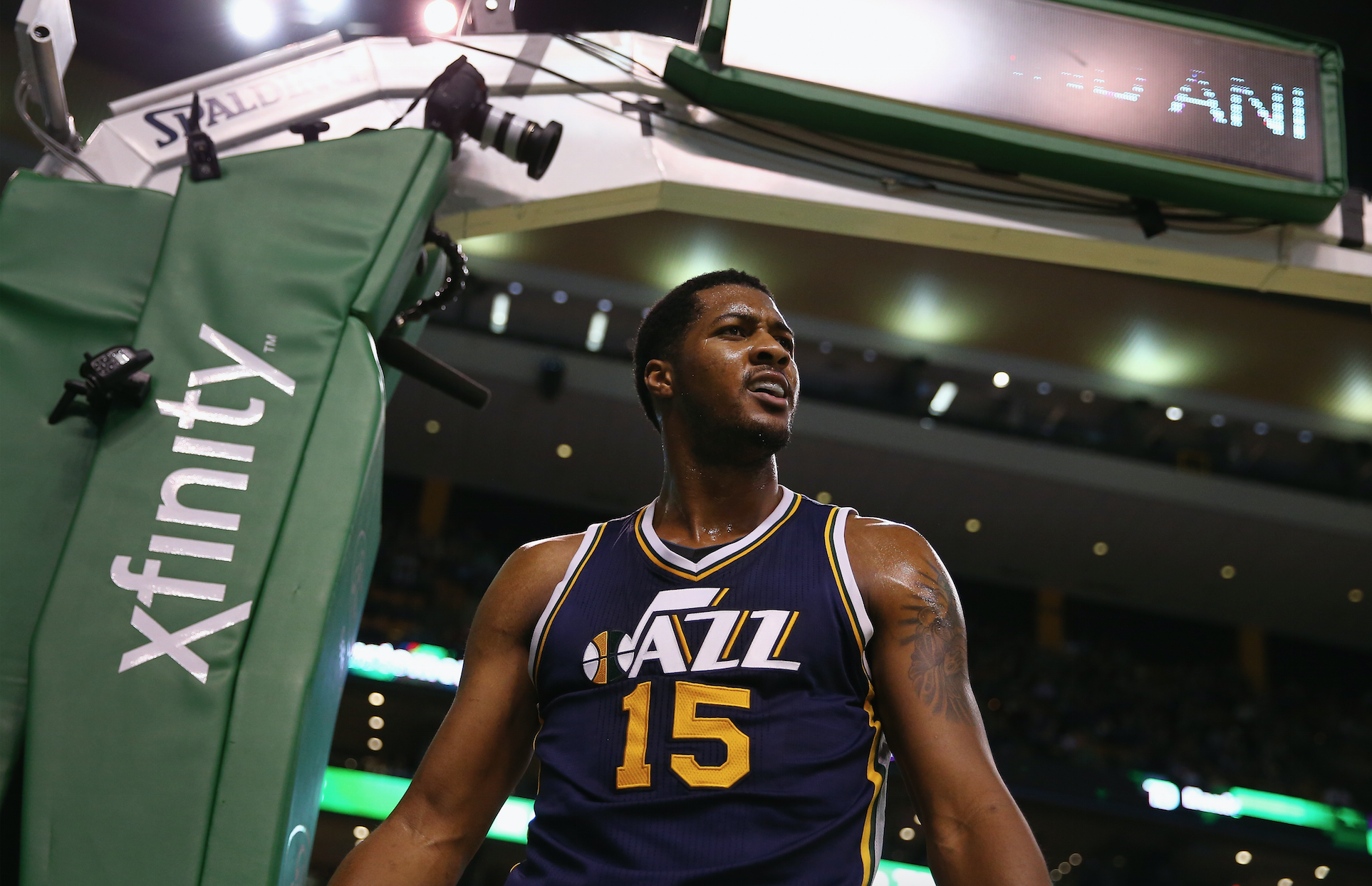
At only 25, Favors has developed a pretty diverse post game with a budding midrange touch. He’s possibly the strongest player in the NBA, and he uses that advantage well on both ends. He was a pretty damn good center for the Jazz when Rudy Gobert was hurt, but when he’s at power forward Utah is one of the most imposing defensive units in the game. He just eats smaller fours alive inside, and he’s surprisingly quick on the outside. It’s scary to think we may not have seen his best yet, but he’s already pretty dominant. We’ll see if he makes another leap now that he’ll be playing alongside a real NBA point guard in George Hill.
6. Serge Ibaka

The fact that Ibaka hasn’t continued to improve offensively on the same trajectory he had been traveling in his first few years in the league has overshadowed that he’s still a plus on both sides of the floor, with a nearly unrivaled combination of rim protection and outside shooting. Neither of those skills are elite any more — he was a step slower on rotations and his block numbers took a hit as a result, as his three-point percentage dipped below 35 for the first time in three years. He remains all but useless on the dribble and not much of a post presence as well.
Even with all that, Serge remains one of the foremost midrange threats at his size in the league, and his percentages could easily see another uptick in his age-27 season. The defense might never be as good again, but it’s still well above average. Now that he’s in Orlando, his usage will go up, and if he can hold onto his efficiency, his true value will shine through.
5. Paul Millsap
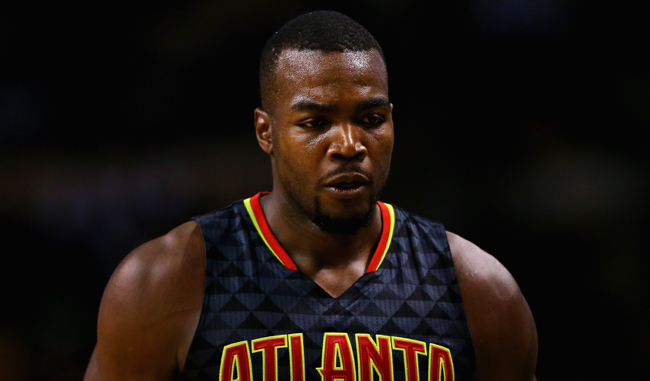
At age 30, Millsap set career highs last year in blocks, rebounds and assists, and while he regressed on his three-point shooting, he’s still one of the most versatile players in the game. On defense, he’s everywhere, with one of the best combinations of quickness, strength and good hands in the game, capable of hanging with guards if he switches on a pick-and-roll. Offensively, his slightly-below-efficient three-point shot is often used to set up a powerful dribble-drive game, which he can use to get to the cup or pass out for corner threes. Millsap has the skill of a wing player in a power forward’s body, and though his athletic peak is leaving him, he’s still intelligent enough to be one of the very best in the game for another couple of years.
4. LaMarcus Aldridge
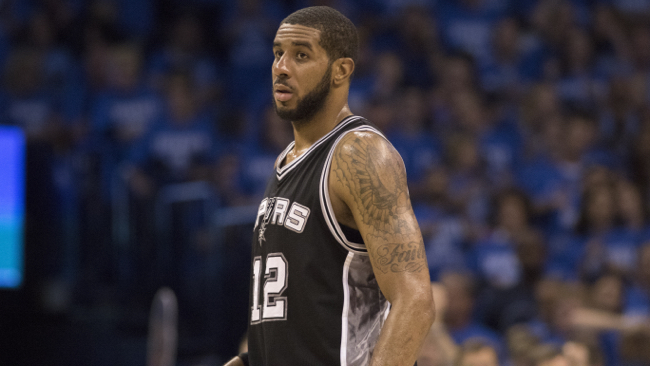
Don’t let the decline in counting stats fool you — that’s just the effect playing for the Spurs machine has on a player. Aldridge seemed to fit right in to the special culture in San Antonio, while playing some of the best defense of his career and providing the low-post bailout option that had been Tim Duncan’s lone responsibility these many years. LaMarcus actually increased his offensive efficiency considerably last year, which will happen when you play in one of the most unselfish systems in the league. His defense is good enough for him to be a center, which would solve a lot of problems for San Antonio next season (like starting a 36-year-old Pau Gasol). But don’t tell LMA he’s a center; he doesn’t like that.
3. Anthony Davis
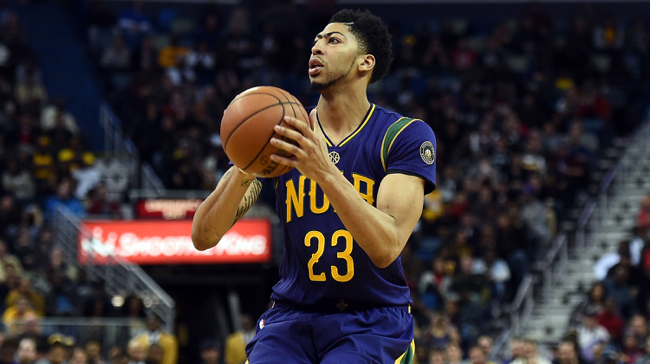
Davis will be putting up 20-10 seasons for years to come, and in terms of pure physical tools, he’s easily the number one pick at this position because he’s a for-real pterodactyl. The problem is that he’s still not the all-encompassing defensive presence he’s been destined to become. His block numbers have fallen off, sure, but the deeper problem is that he doesn’t seem to be an anchor who elevates the defense of his teammates. It’s impossible to say whether that is just a lack of evolution on his part or due to the Pelicans’ horrific injury history ruining their continuity, but Davis should by rights be one of the best defenders in the NBA, and he isn’t.
That said, he’s one of the most terrifying pick-and-roll finishers in the NBA, and his jump shot is still improving. This year, he should shoot more threes, and a combination of serviceable outside shooting with what Davis can already do offensively should make him even more absurdly dangerous. Combined with the defensive improvement that should happen with better injury luck and natural age-23 development, and Davis won’t be at number three next year.
2. Blake Griffin
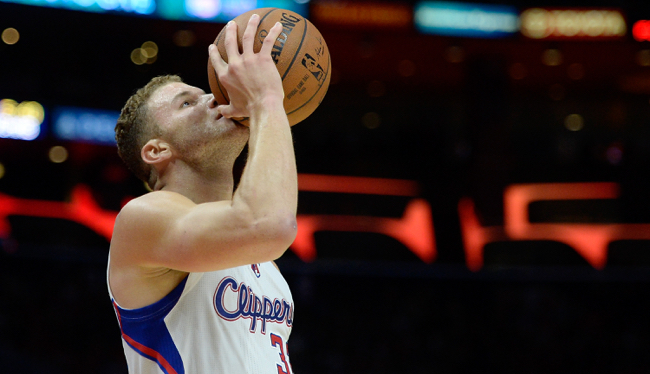
Who knows where Blake’s national profile would be if he hadn’t punched the Clippers’ equipment manager during last season and put himself out for months. When Chris Paul has been hurt, Griffin has proved to be one of the best passers in the game at his position without losing any of his scoring punch. He isn’t a rim protector on defense, but he’s strong and quick enough to guard his position quite well. He settles for his midrange jump shot too much, considering he only averaged 38 percent between 16 feet and the three-point arc last season, but he’s still punishing around the rim, especially on the fast break.
With his off-court incident receding into the rearview, be prepared for another season in which Blake is a key part of one of the best offenses in the NBA. If his jump shot can continue to improve and move beyond the arc, he’ll truly be impossible to guard.
1. Draymond Green

Who would have thought when Dray was drafted that he’d wind up here? He has everything you want in a power forward besides ideal size, but he’s proven time and time again that he doesn’t need it to be one of the very best defenders in the NBA. His ability to match up on guards after switches as well as centers means he’s one of the most versatile defenders in the league, and he’s a swiss army knife on offense as well. As the screen setter in the pick-and-roll, his ability to pop, roll to the rim and find open shooters is nearly as dangerous as Steph Curry’s shooting ability. He’s also the emotional heart of the Warriors, one who can be credited with their unique combination of unrelenting intensity and loose, fun-loving demeanor.
To be sure, the likes of Griffin, Davis and Aldridge more prototypically fit the bill of what an ideal power forward is supposed to look like, but Green is a better defender than all of them, and can shoot the three ball more consistently than all of them — so far. He won’t make as many highlight reels, but he checks more boxes for a modern NBA power forward than anyone else.






